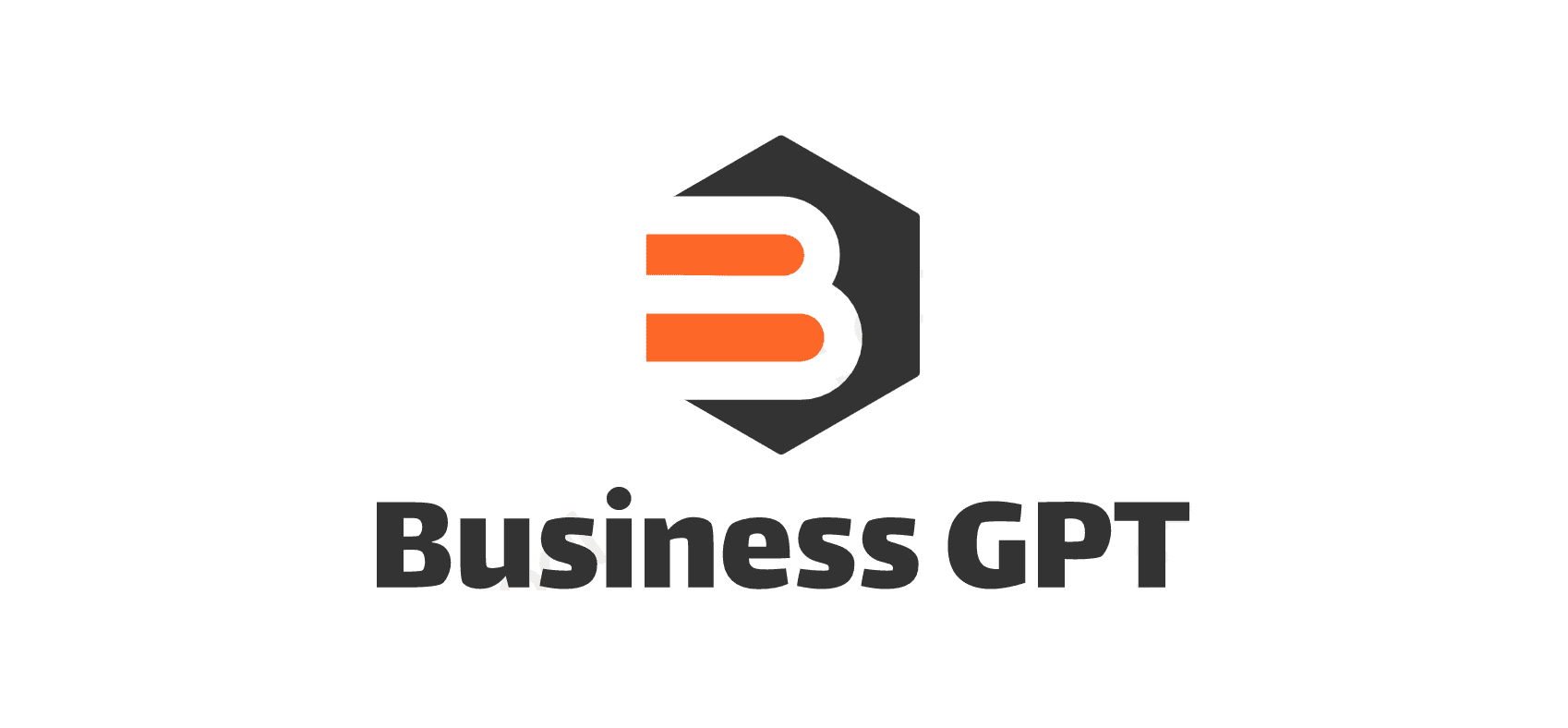Top 10 Software Buying Mistakes for Businesses and How to Avoid Them

Not billions, but trillions of dollars in damages, costs, and lost income are attributed to poor software quality. The total cost amounts to more than $2 trillion in the U.S. alone.
Why so much?
The estimate is based on unsuccessful IT projects, poor legacy integration, and operational failures. Such failures – bugs, glitches, and more – make up 75% of the costs associated with substandard software.
Buying the wrong software will hurt your business.
This list of common software buying mistakes for businesses will be your guiding hand. Keep reading to understand where your competitors go wrong.
Understanding the Business Software Provider
A common mistake in the business world is to think that all you need is good software.
The rest will sort itself out.
In reality, the software package is only one side of the coin. A business software provider offers a lot more than just software. They provide necessary training, support, and updates that keep your systems running smoothly.
Remember: It’s about the service that comes with the software itself.
Yet many businesses that understand the need for a software provider still fail to plan ahead and continue to make mistakes that will turn into catastrophes further down the line.
Common Software Buying Mistakes for Businesses
You may think that buying the best business software is as simple as choosing the option with the most features for the lowest price.
Unfortunately, this is far from the truth.
From understanding the need for software support to planning for future growth, there’s a lot to consider. No matter the niche, there’s a huge array of options for software and times you may be looking to upgrade, such as when:
- Your business needs to upgrade its CRM software
- Your business needs to buy Microsoft SQL server software
- Your business needs better security software
- Your business needs new office management systems
Mistake #1: Failing To Plan for the Future
The old adage that when you fail to plan, you plan to fail is true when it comes to buying software.
Without a clear strategy, you run the risk of buying software that doesn’t meet your needs or frustrates your customers. The worst-case scenario is ending up with a software package that becomes obsolete within a short period.
Planning ahead means looking at your current needs and your projected future growth. It means asking a lot of questions of your business leaders and of your values.
What kind of software features will your business need in the coming years? What are your expansion plans? How will new software streamline business processes?
Planning ahead also involves exploring every avenue and leaving no stone unturned. Software must be scalable to match your business and provide the features that you sorely need.
Mistake #2: Not Considering Every Avenue
When you’re on the hunt for an upgrade, it’s crucial to consider every possibility. This means exploring all available options for software, comparing their features, and understanding what they can offer your business.
The most popular options might look enticing and there’s a reasonable chance that they’re popular because they’re good. But it’s a mistake to only consider one or two options.
By exploring all avenues, you can rest assured that you’re making the best possible decision for your business.
However, bear in mind that software demands regular updates to stay efficient and relevant – which is where the next common mistake comes in.
Mistake #3: Ignoring the Importance of Regular Software Updates
Users tend to find software updates annoying, but the importance of regular updates can’t be overstated.
Regular software updates are crucial for the smooth operation of your business. They provide new features and integrate user feedback to improve the experience. They fix bugs and security issues as they’re identified.
And they help your business stay ahead of the competition.
Choosing software that doesn’t offer frequent updates can have serious consequences.
Mistake #4: The Cost Fallacy
Many businesses fall into the cost trap when comparing software costs.
What is the cost trap?
Quite simply, it refers to the trap of making purchasing decisions based on the (apparent) low cost of a software package. It happens when businesses focus too much on the initial cost of the software and ignore other factors like long-term value and return on investment.
Software costs are complicated. Generally speaking, businesses buy software to solve a problem and improve their services, products, or efficiency. Software that doesn’t meet these requirements adequately may seem more cost-effective on paper – but costs money in the long run.
Whether that’s due to lost business, lower employee efficiency, or sorely missing features depends on the software. Choosing a cheap option that lacks essential features simply because it’s cheap is missing the point of integrating new software.
Don’t just look at the initial cost.
Consider the total cost of ownership, including maintenance and upgrade costs.
Mistake #5: Choosing Based on Price Alone
Building on this, choosing based on price alone is a similar mistake many businesses make. It’s important to stay within budget – but that doesn’t mean you should compromise on features and functionality.
At first, cheap software can seem like a good deal.
However, it often lacks crucial business features a company needs to operate efficiently. Many cheap software alternatives come with hidden costs like expensive upgrades and poor customer support.
So, instead of focusing on price, consider the true value added to your business. Look at features, ease of use, and customer reviews. This will give you a better idea of whether it’s worth the investment.
Mistake #6: Overlooking Vital Business Software Features
When all is said and done, companies buy software for business software features.
Software solves one or more problems.
Businesses employ it to enhance productivity, streamline their operations, and improve customer satisfaction. Ultimately, businesses purchase software to improve their bottom line.
However, it’s easy to get carried away by the hype of new technologies and overlook the basics. Tech and software firms are great marketers. Fancy demos and tryouts can be enticing.
The end result is that many businesses end up with software that has a lot of bells and whistles – and none of the fundamental features they actually need.
How do you avoid this mistake?
Create a list of must-have features before you start comparing software packages. This helps you stay focused and eliminate potential options for software that aren’t meeting your core business requirements.
Mistake #7: Not Considering User Needs
Whether your software is for your staff or your customers, the user experience should be at the forefront of your purchasing decisions.
Too often, businesses fail to consult with their users about what they really want. Your employees and customers are the ones who are going to use your software every day.
And time has shown that if it doesn’t meet their expectations, your investment could go to waste. Employees who are forced to work with difficult software will grow weary and frustrated.
Customers who find their experiences lacking will look elsewhere.
To avoid this common mistake, involve users in the decision-making process. Consult with them about the features they need. Ask what they like and dislike about your current software.
Be candid, and ask employees what they think would make their jobs easier.
Doing so will help you choose software that users enjoy, and actually use.
Mistake #8: Failing To Account for Integration
Failing to take software integration requirements into account is a common software buying mistake. After all, your new software needs to play well with your existing systems.
If it doesn’t your business will end up with inefficient workflows and unsatisfied customers.
To prevent this, make sure the software you choose is compatible with existing systems. It should integrate seamlessly to maintain the effective flow of data.
If you’re feeling uncertain, ask the software provider for their opinion. They’ll be able to provide you with further guidance.
Mistake #9: Sticking With Old Hardware
When buying new software, it’s easy to neglect the need for hardware upgrades. Let’s state the obvious:
New hardware is expensive.
However, sticking stubbornly with older hardware can be an expensive mistake. Newer software often requires powerful hardware to run efficiently. If your hardware is outdated, there’s a fair chance any new software won’t perform as expected.
Factor in the cost of hardware overhauls into your software budget before you buy to avoid this mistake.
Mistake #10: Not Understanding Your Business Needs
The final point on this list isn’t about software or hardware – it’s about your business.
Simply put, you need to understand your business requirements before you make any substantial purchase. Without a clear understanding of your needs, you’re likely to make poor decisions.
How do you ensure you understand your business needs?
The easiest measure to take is to consult with a professional. Before you start shopping, take the time to work with a software provider to analyze your specific needs. Consider your plans for growth and how new software will support them.
Request professional audits and insight into potential difficulties that may arise. Once you have a clear understanding of your needs, you’ll be better positioned to choose software that meets them.
Making the Right Decisions
How do you ensure your decisions are sound?
The first step is to avoid the mistakes we’ve already covered in this article. In addition to that, make sure you:
- Avoid snap decisions
- Beware of fad market trends
- Involve the right people
- Involve the help of experts
- Prioritize appropriate software features
Snap decisions are often made in a state of mild panic.
Competitors are upscaling their software, swapping out their systems for the latest piece of unproven software. Newcomers to the tech market promise to revolutionize your business and cut costs.
And your business gets swept up in the marketing. Simply, the Fear Of Missing Out (FOMO) is an effective tool that can lead people and businesses to make decisions that aren’t in their own best interests.
The solution is to take the time to make informed decisions.
That means involving the right people to address your software needs from every angle. Your employees, team managers, and customers all have valuable perspectives. Software experts can highlight problems that your business needs to consider to succeed.
Involving the “right” people in your decision-making process will help you avoid nasty pitfalls and unnecessary expenses, and enable your business to grow and thrive as technology continues to develop.
Measuring Software Success
How do you measure success, later on, once you’ve made your decisions and integrated new software? Or rather, how do you know you made the right choice? ROI is an important metric – but a broader set of factors determine the value of any software purchase.
So how do you do it?
Thinking about evaluation at the start of your purchase is key to success. Defining specific outcomes and performance metrics will help you measure whether or not your purchase was fruitful.
Your desired outcomes may include cost and time savings, improved operational efficiency, increased revenue, or enhanced customer satisfaction. Key Performance Indicators (KPIs) might track customer satisfaction ratings, sales increases, and average employee productivity.
Yet KPIs and outcomes are only one side of the coin.
Qualitative factors are more difficult to measure, yet equally important. Employee morale and job satisfaction keep productivity high yet can’t be easily measured. The ability of teams to collaborate effectively depends on how well they communicate and how (if applicable) your new software enables them to work effectively.
The qualitative side of your business is just as important as the numbers game – and contributes to your long-term sustainability. Work with team leaders and human resources to assess the “human” element of your upgrades, and you’ll be well on your way to success.
Make Informed Choices When Buying Software
Informed choices result in financially sound decisions. By avoiding these software buying mistakes for businesses, you ensure that you choose scalable software that meets your needs and fits into your budget.
Remember that software buying isn’t a one-size-fits-all ordeal. What works for your competitors may not work for you. Understand your needs, conduct thorough research, and you’ll be on your way to making the right decision.
Did you find our article helpful? Stick around and browse others in our business category if you’ve got a few minutes to spare.




